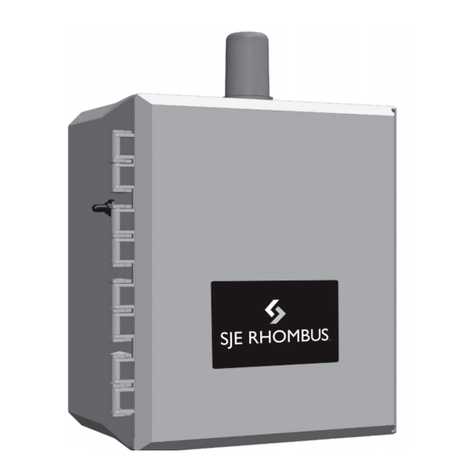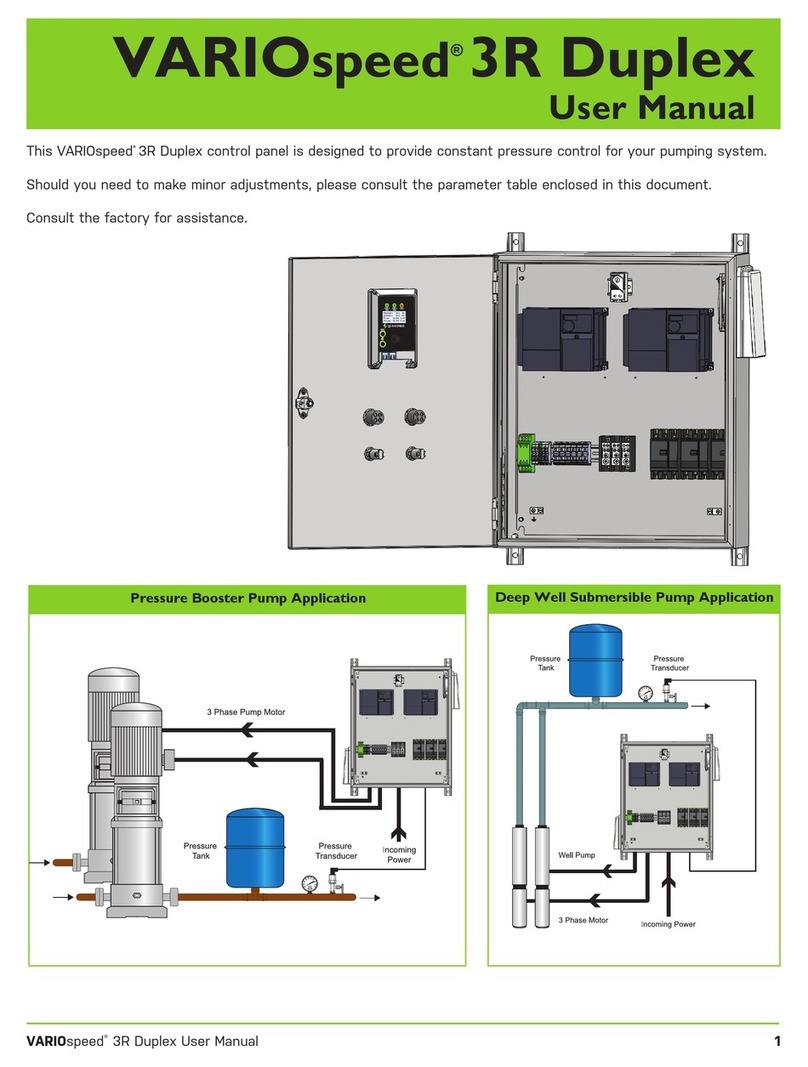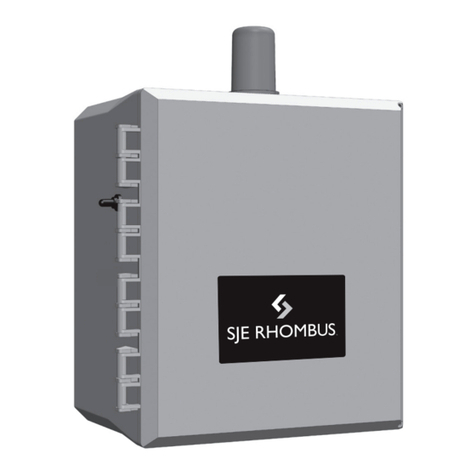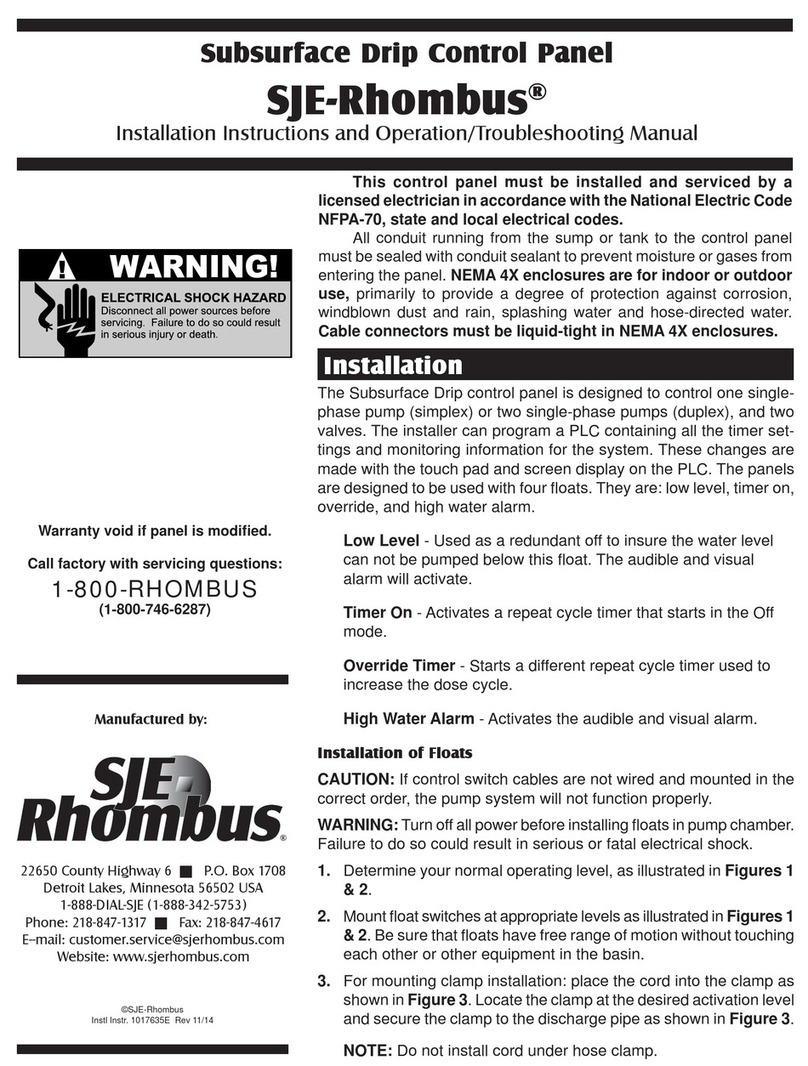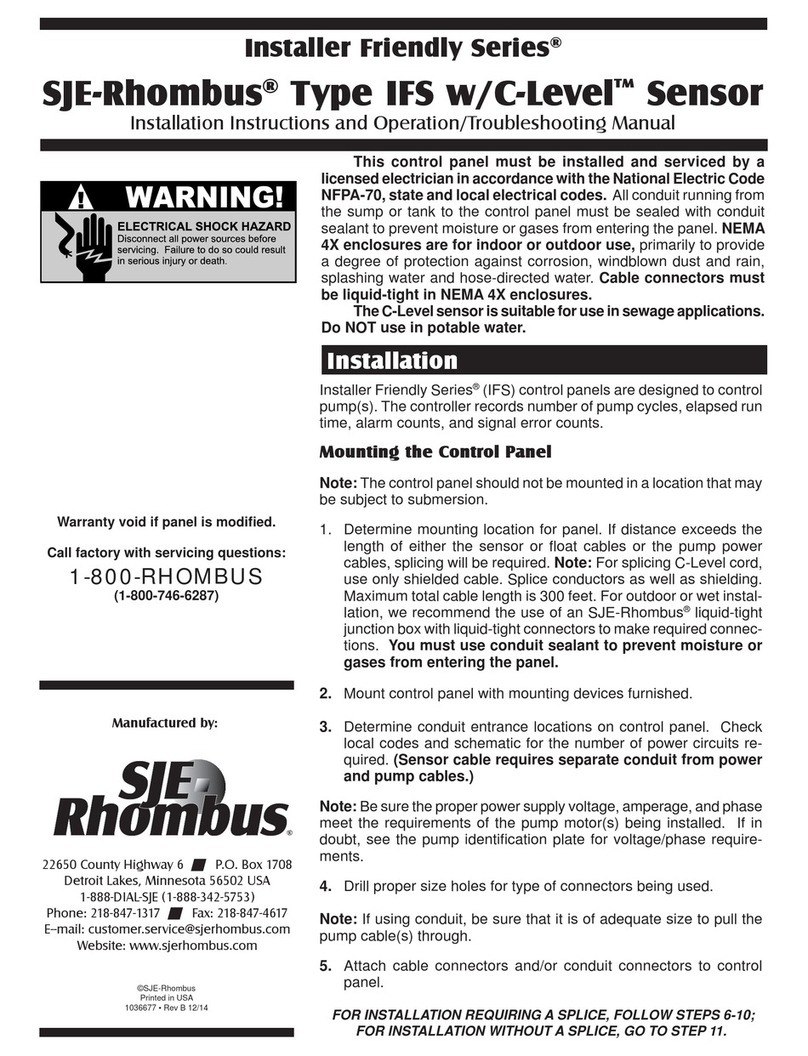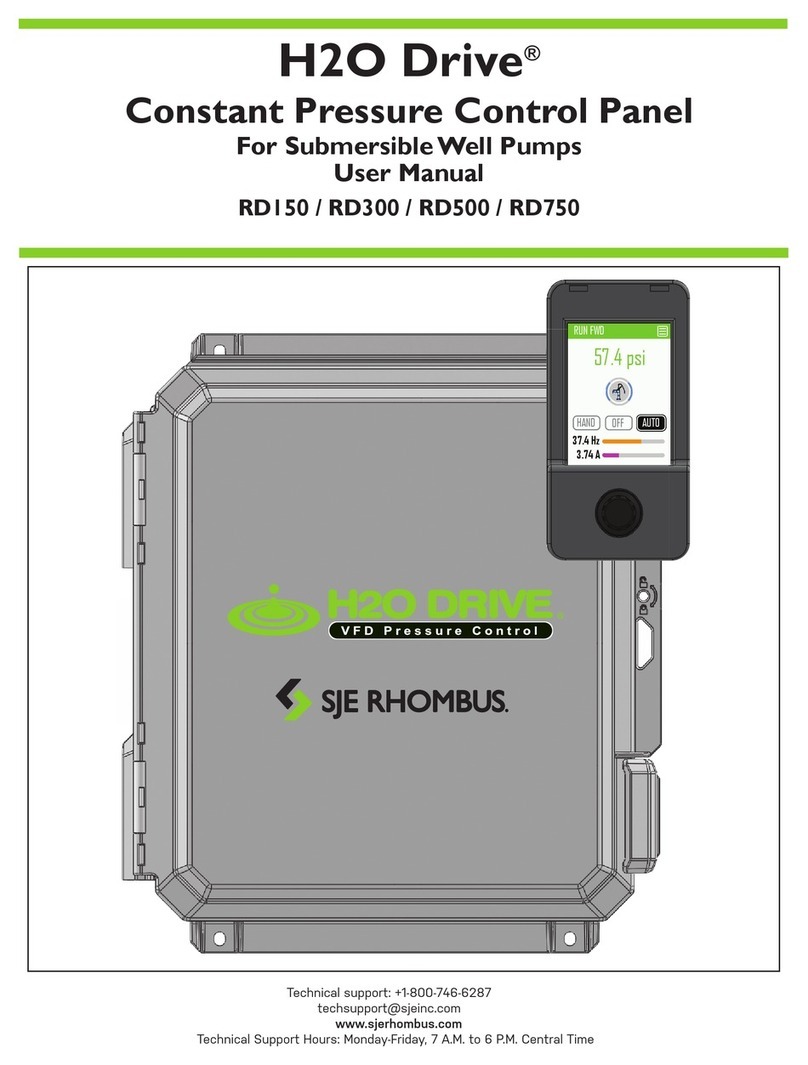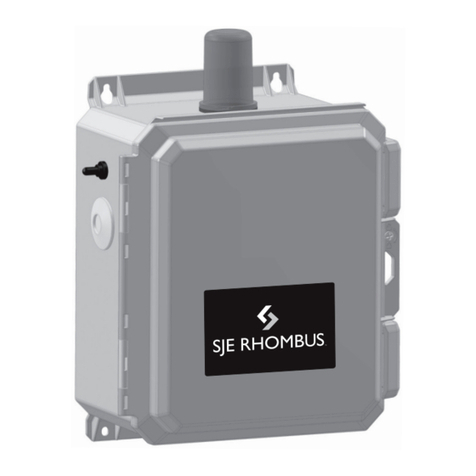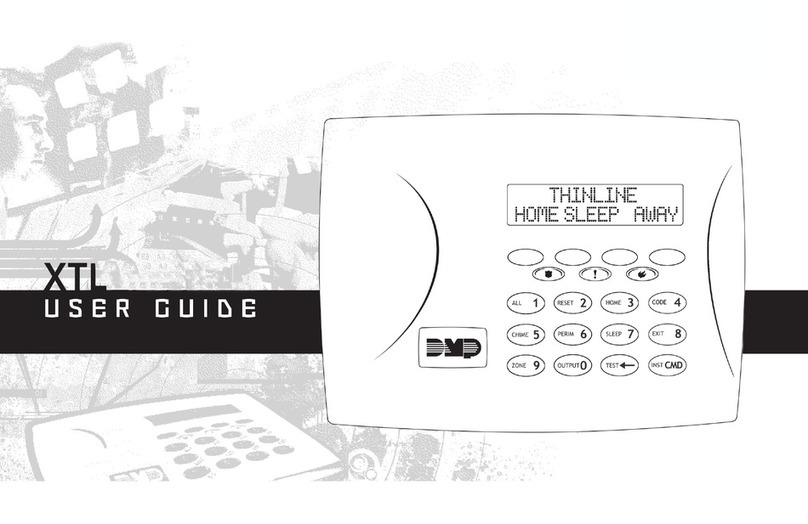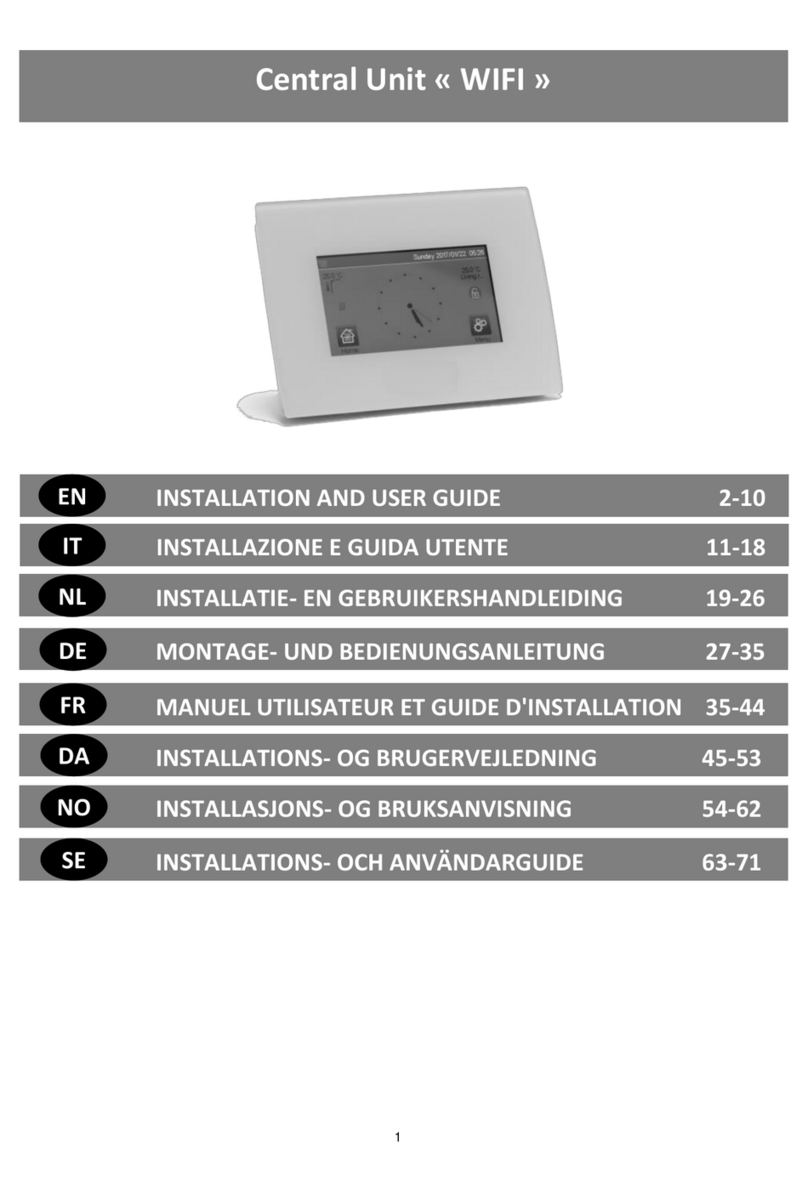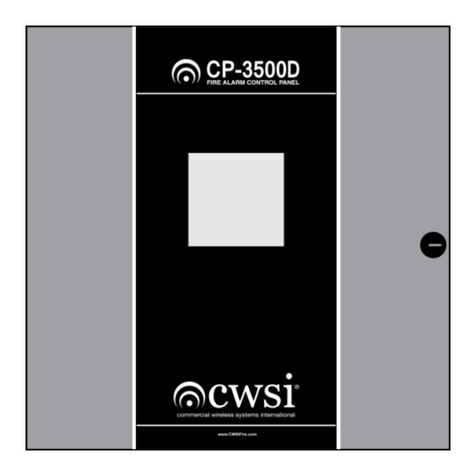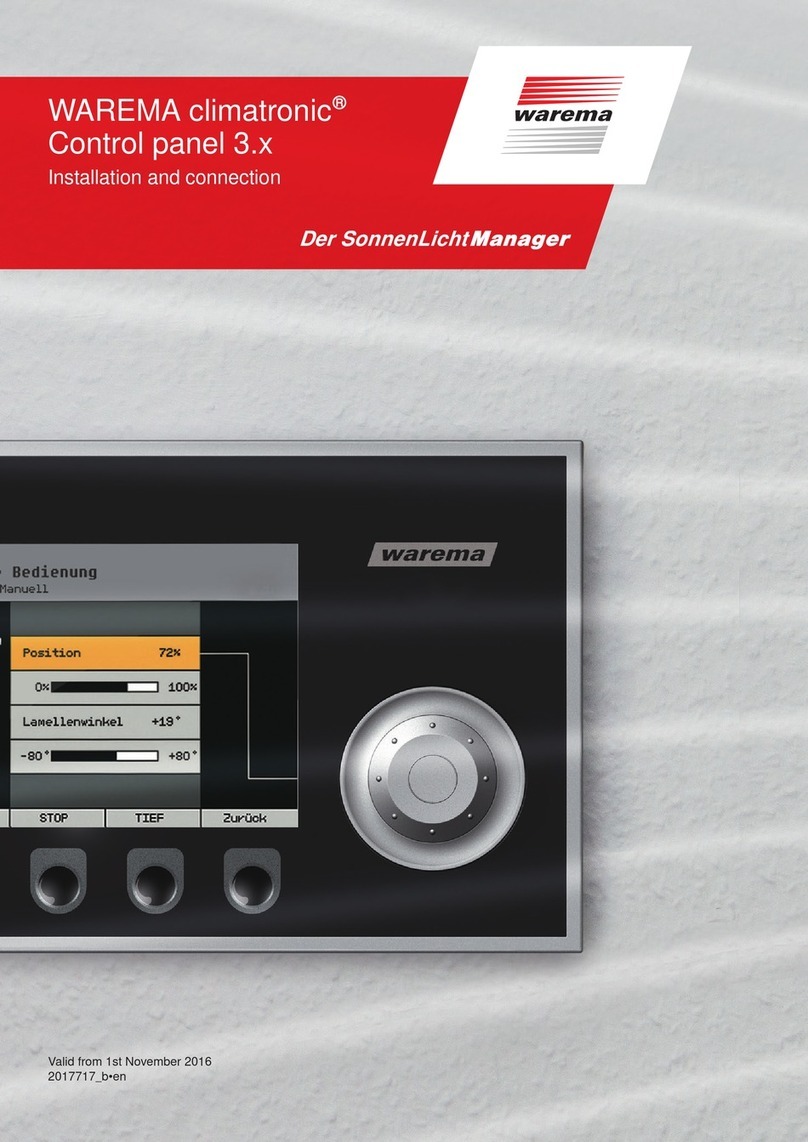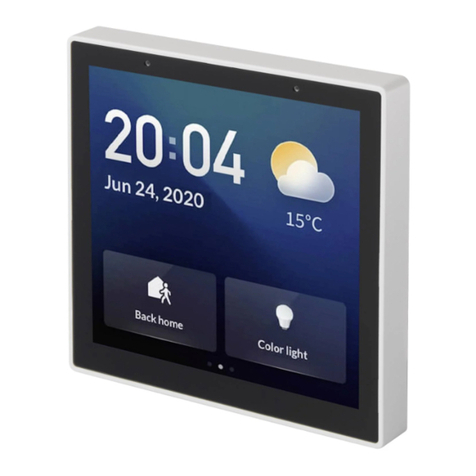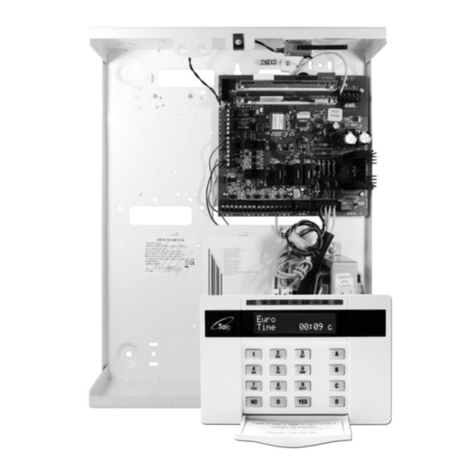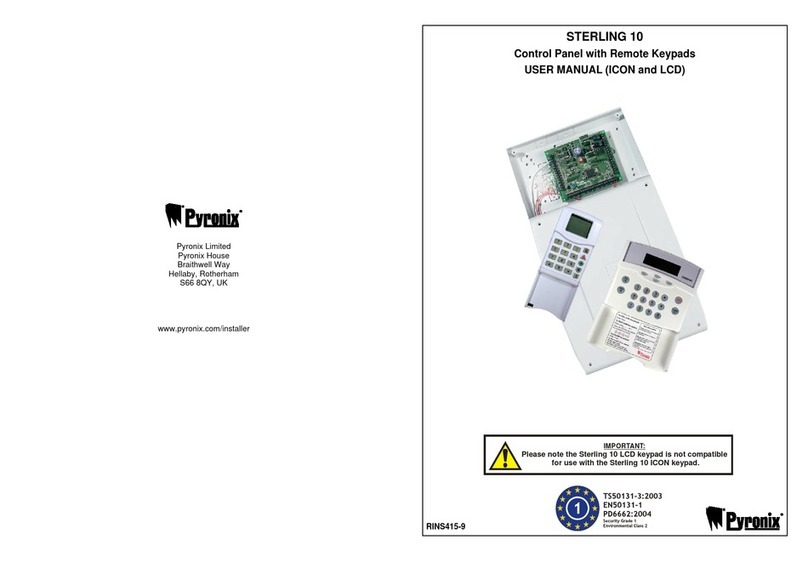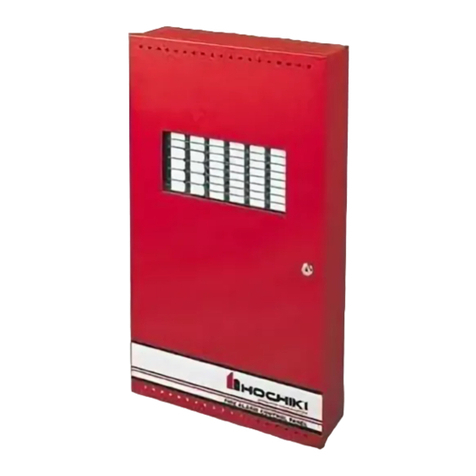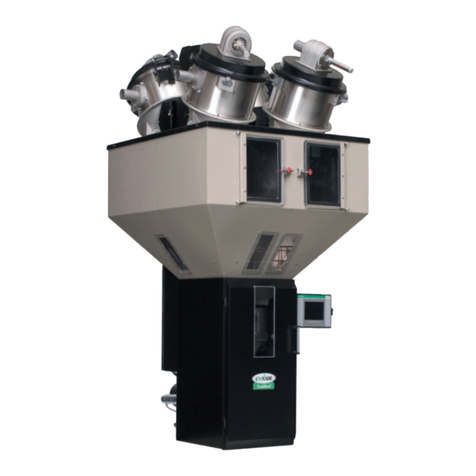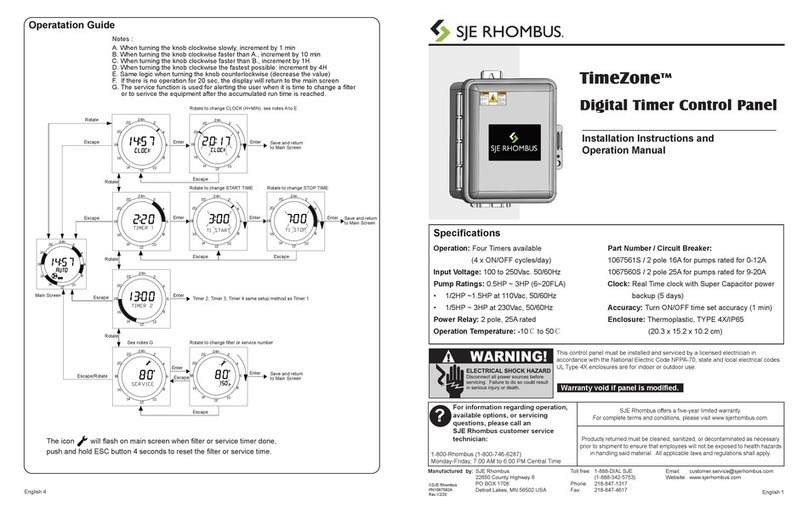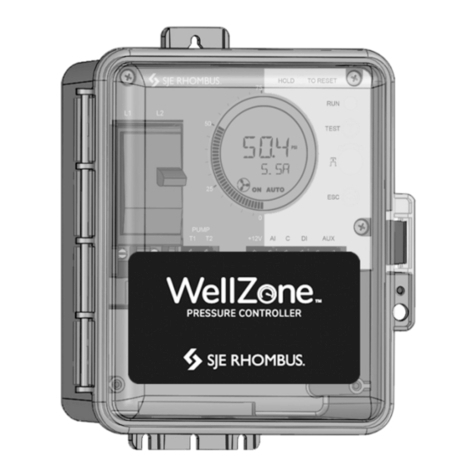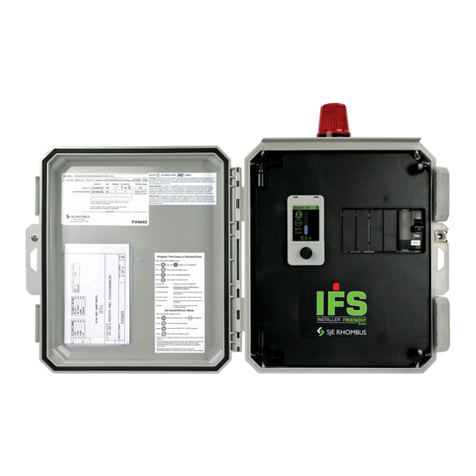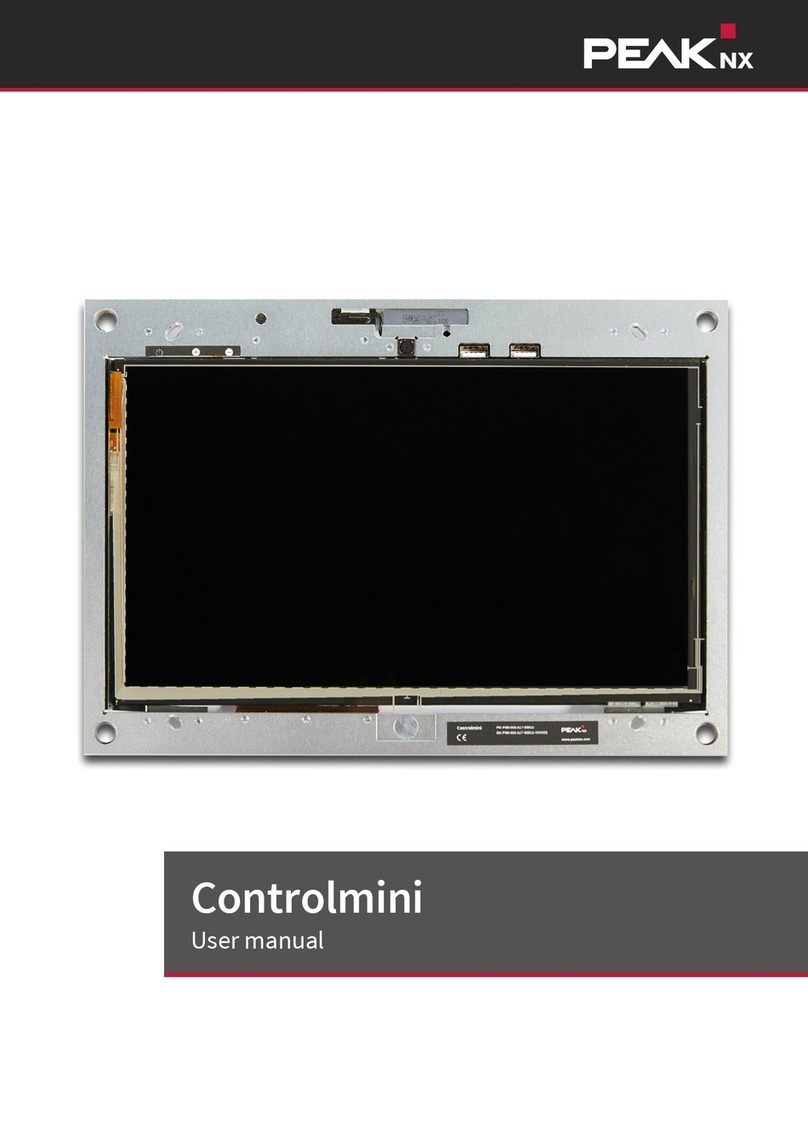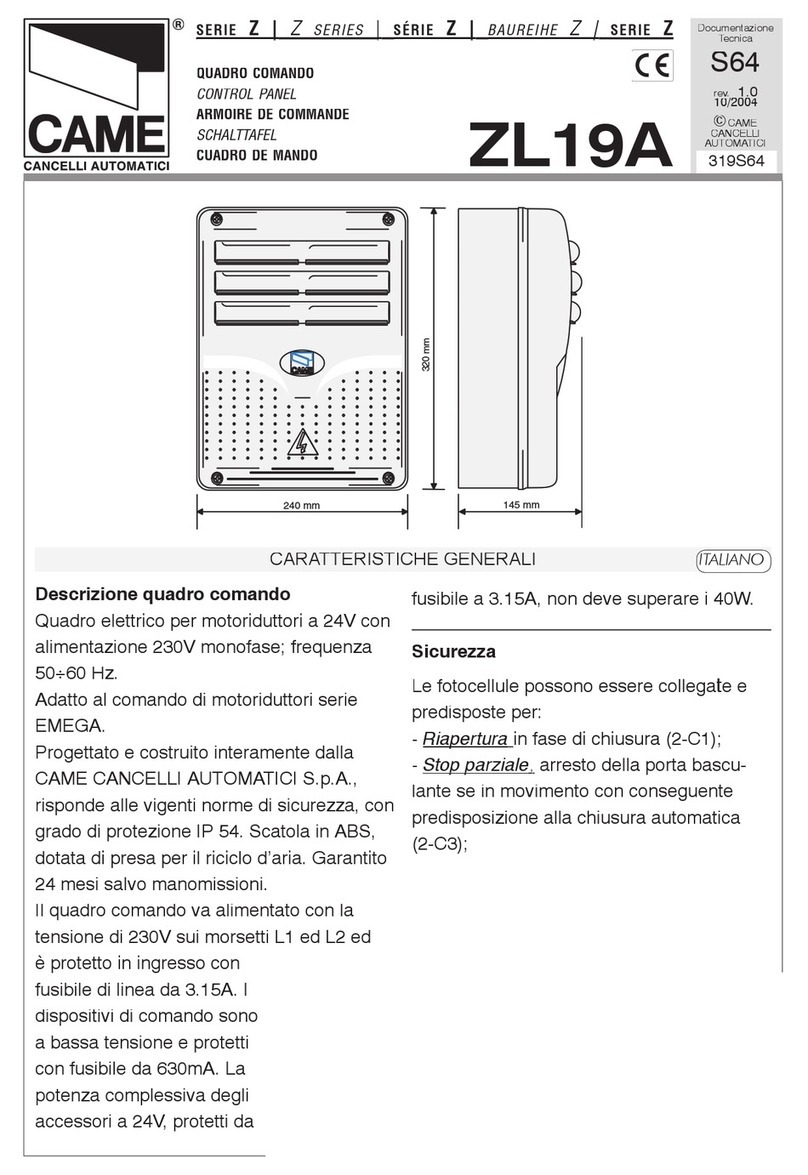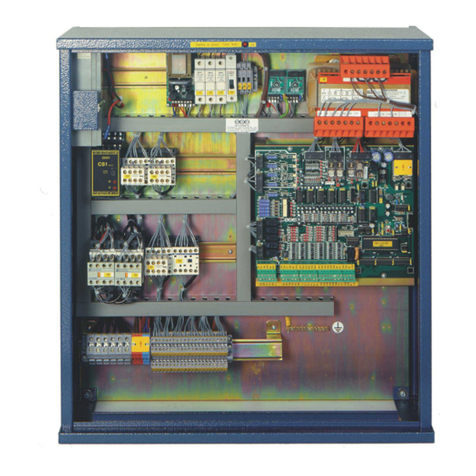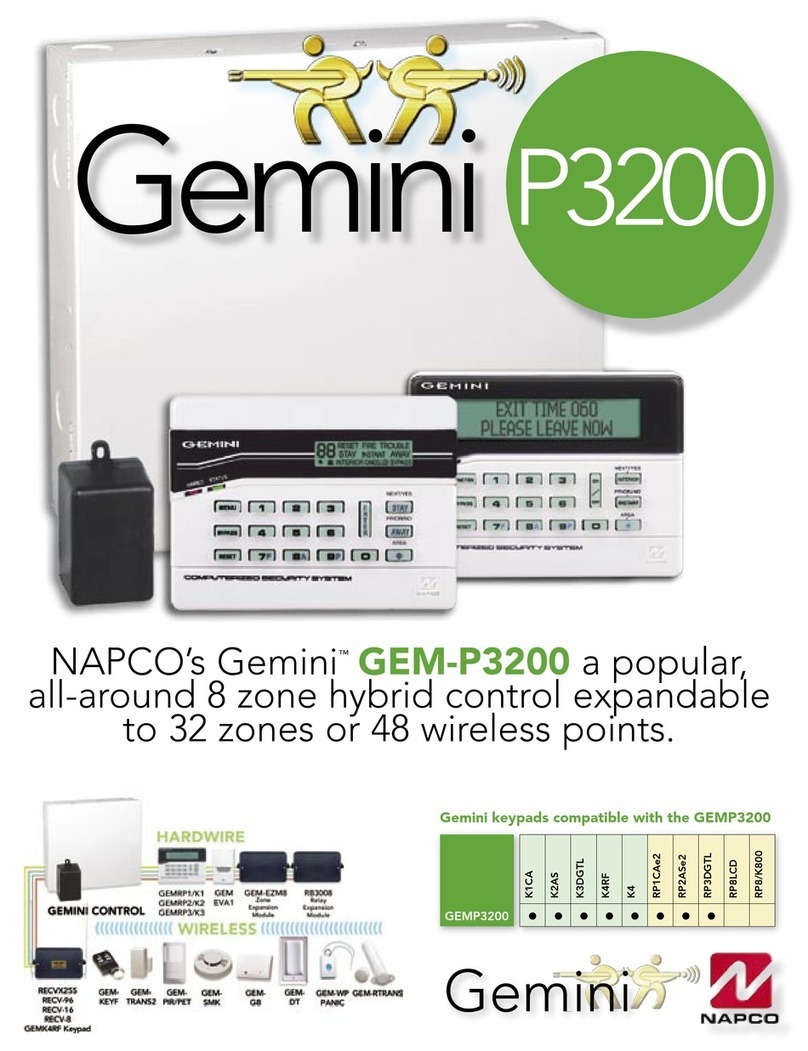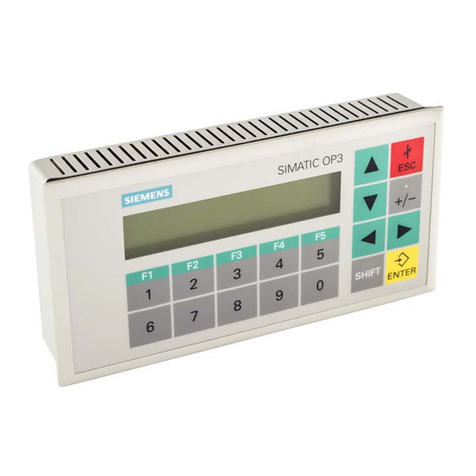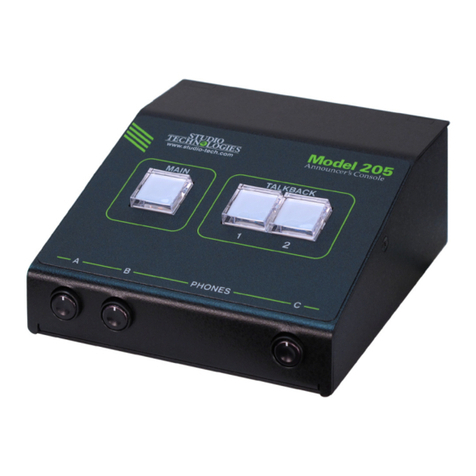
Alarm Light
Moving the test/normal/
silence switch to the test
position or activating the
alarm oat should turn on
the alarm light. If the light
does not activate, replace with bulb of same type.
Float Controls
Check the oats during their entire range of operation. Clean,
adjust, or replace damaged oats.
Checking the oat resistance - The oat resistance can be
measured to determine if the oat is operating correctly or is
defective. Use the following procedure to measure the float
resistance. Warning: Disconnect all incoming power to panel.
Failure to do so could result in serious or fatal electrical shock.
1. Isolate the oat by disconnecting one or both of the oat leads
from the oat terminals.
2. Place one ohmmeter lead on one of the oat wires, and the
other ohmmeter lead on the other oat wire.
3. Place the ohmmeter dial to read ohms and place on the R X
1 scale. With the oat in the “off” position, the scale should
read innity (high resistance). Replace the oat if you do not
get this reading. With the oat in the ON position, the scale
should read nearly zero (very low resistance). Replace the
oat if you do not get this reading.
NOTE: Readings may vary depending on the length of wire and
accuracy of the measuring device.
Fuses
Check the continuity of the fuse. With power OFF, pull the fuse out
of the fuse block. With the ohmmeter on the R X 1 scale, measure
resistance. A reading of innity indicates a blown fuse and must be
replaced. Replace fuse with same type, voltage and amp rating.
SJE-RHOMBUS®warrants to the original consumer that this
product shall be free of manufacturing defects for ve years after
the date of consumer purchase. During that time period and
subject to the conditions set forth below, SJE-RHOMBUS®will
repair or replace, for the original consumer, any component which
proves to be defective due to defective materials or workmanship
of SJE-RHOMBUS®.
THIS EXPRESS WARRANTY DOES NOT APPLY TO THE
MOTOR START KIT COMPONENT. SJE-RHOMBUS® MAKES
NO WARRANTIES OF ANY TYPE WITH RESPECT TO THE
MOTOR START KIT.
ELECTRICAL WIRING AND SERVICING OF THIS PRODUCT
MUST BE PERFORMED BY A LICENSED ELECTRICIAN.
THIS WARRANTY DOES NOT APPLY: (A) to damage due to
lightning or conditions beyond the control of SJE-RHOMBUS®; (B)
to defects or malfunctions resulting from failure to properly install,
operate or maintain the unit in accordance with printed instructions
provided; (C) to failures resulting from abuse, misuse, accident, or
negligence; (D) to units which are not installed in accordance with
applicable local codes, ordinances, or accepted trade practices,
and (E) to units repaired and/or modied without prior authorization
from SJE-RHOMBUS®.
Some states do not allow limitations on how long an implied warranty
lasts, so the above limitation may not apply to you. Some states do
not allow the exclusion or limitation of incidental or consequential
damages, so the above limitation or exclusion may not apply to you.
This warranty gives you specic legal rights, and you may also have
other rights which vary from state to state.
TO OBTAIN WARRANTY SERVICE: The consumer shall assume
all responsibility and expense for removal, reinstallation, and freight.
Any item to be repaired or replaced under this warranty must be
returned to SJE-RHOMBUS®, or such place as designated by
SJE-RHOMBUS®.
ANY IMPLIED WARRANTIES OF MERCHANTABILITY OR
FITNESS ARE LIMITED TO THE DURATION OF THIS WRITTEN
WARRANTY. SJE-RHOMBUS®SHALL NOT, IN ANY MANNER,
BE LIABLE FOR ANY INCIDENTAL OR CONSEQUENTIAL
DAMAGES AS A RESULT OF A BREACH OF THIS WRITTEN
WARRANTY OR ANY IMPLIED WARRANTY.
IEC Contactor Coil
Warning: Disconnect all incoming power to panel. Failure to do
so could result in serious or fatal electrical shock. Check the coil
by disconnecting one of the coil leads. Measure the coil resistance
by setting the ohmmeter on the R X 1 scale. A defective coil will
read zero or innity, indicating a short or opened coil respectively.
Replace defective contactor with same type.
Start and Run Capacitor
A failed capacitor will have a bulged enclosure, leading oil or a burnt
smell. Using the following procedure, check the capacitor with an
ohmmeter to determine if the capacitor is defective.
1. With the power OFF, discharge capacitor by shorting both
terminals with an insulated handle metal screwdriver.
2. Label and remove the wires from the capacitor.
3. Set the ohmmeter on the R X 10,000 (10K) scale. Place an
ohmmeter lead on each capacitor lead.
4. If the capacitor is good, the ohmmeter needle will go towards
zero and then drift slowly toward innity. If you do not get this
reading, replace capacitor with one of the same type.
NOTE: If the capacitor is checked a second time, be sure to reverse
the ohmmeter leads to get a correct ohm reading.
Start Relay
1. With power OFF, disconnect and label the wires going to the
start relay.
2. To check coil resistance, set the ohmmeter to the R X 1,000
scale. A reading of zero ohms indicates a defective relay.
3. When checking contact resistance, a reading other than
zero indicates a defective relay. (See schematic for relay pin
numbers.)
SJE-Rhombus®Five-Year Limited Warranty
Troubleshooting
NOTICE!
Products returned must be cleaned, sanitized, or decontaminated as necessary prior to shipment to ensure that employees
will not be exposed to health hazards in handling said material. All applicable laws and regulations shall apply.




